Shoulder Season in Barcelona: Plan to Travel Smarter & Skip the Crowds
Cooler days, quieter streets, and long lunches in the sun... autumn is the perfect time to explore Barcelona as a respectful guest in a city working hard to protect what makes it special.
🧳 Use Midlife Nomads Destination Guides to inspire your next adventure with practical tips and honest insights—so you can work well while travelling better.
If Barcelona’s on your radar for fall, now’s the time to start planning. September to November is shoulder season, which means milder crowds and better prices. But the most desirable places to stay can still fill up fast.
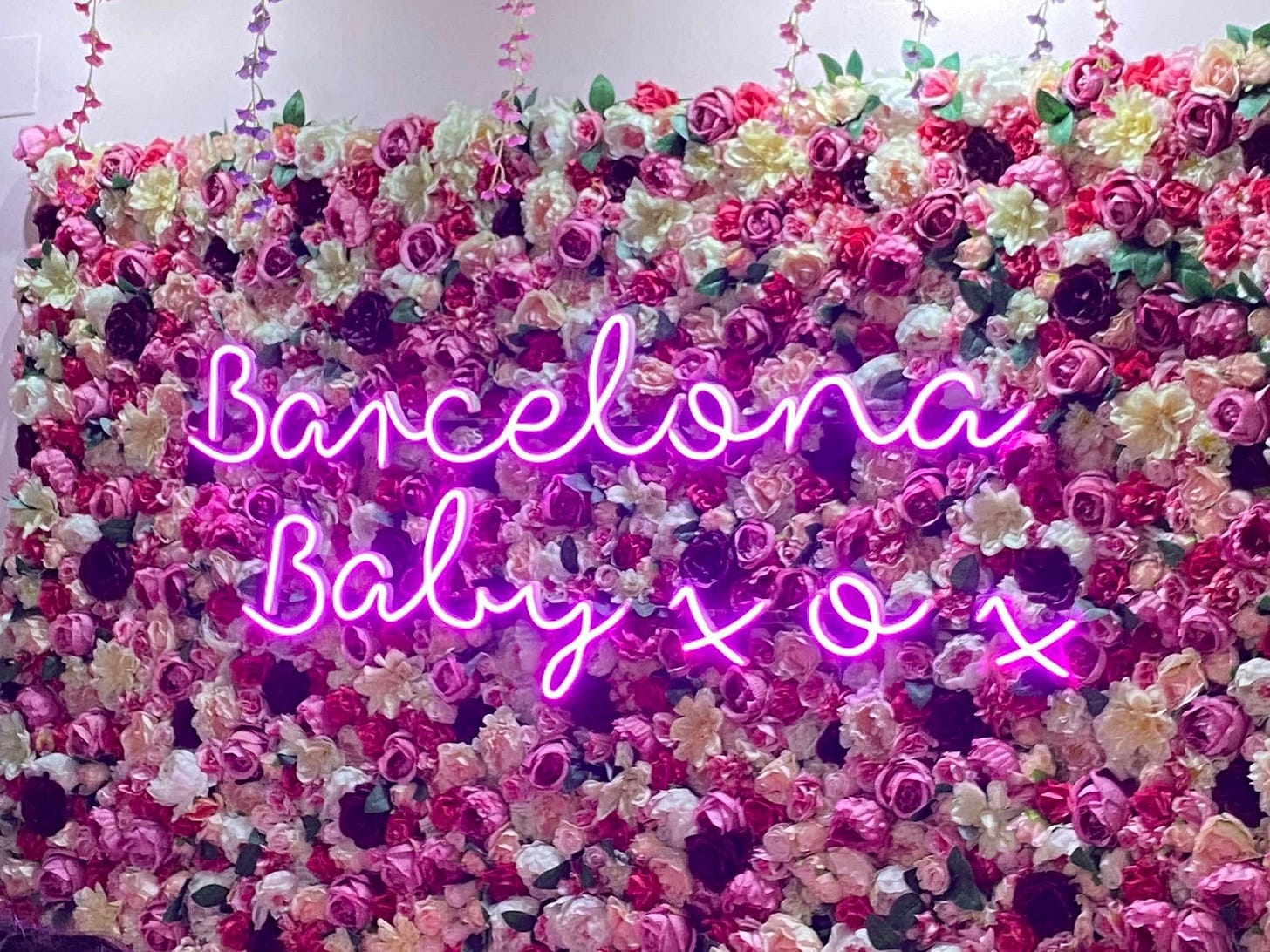
Barcelona needs no introduction. Gaudí’s surreal spires, lazy beach afternoons, and tapas that’ll make you cancel dinner plans back home… yes, all of that is true.
But if you’re more into slow mornings and meaningful connections than bucket-list stampedes, you’ll want to skip the summer trip.
Seriously. Skip it.
By late June, the city swells with selfie sticks, cruise crowds, and a sun so punishing it feels personal.
Come September, Barcelona exhales. The locals reclaim their rhythm, the breeze cools down, and, if you time it right, you’ll catch La Mercè, the city’s most vibrant festival celebrating Catalan culture.
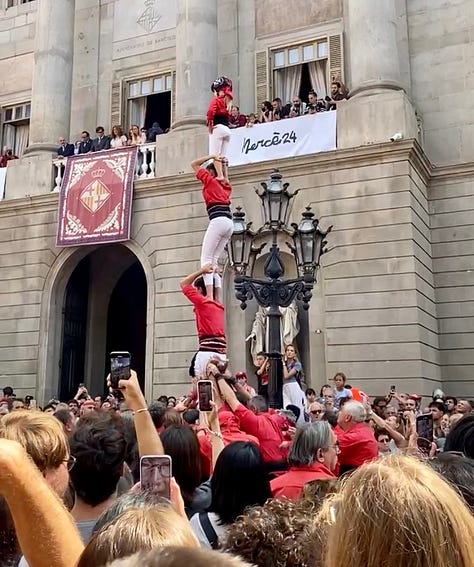
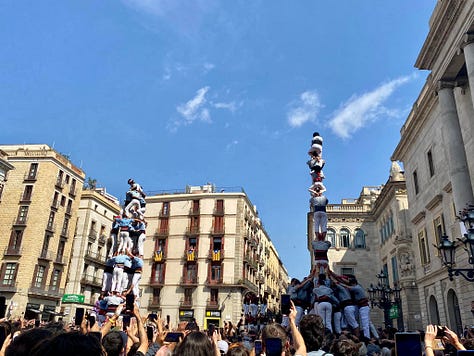

I was thankful to be there visiting Catalan and Spanish friends who knew just where to go. We had front-row seats to the human tower building and giant papier-mâché figures parading about Plaça de Sant Jaume before they headed out through the streets of the Gothic Quarter.
(See more pics on Instagram… but then come back, we’re just getting started.)
We weren’t just watching the festival; we were part of it, moving with the crowd, slipping down side streets, and knowing exactly when and where to duck out for a quick sangria (or bottle of Moritz) to chase off the heat.
As incredible an experience as it was, Barcelona is feeling the strain of its own popularity. Like many European cities, it’s facing serious challenges with overtourism, especially when it comes to housing.
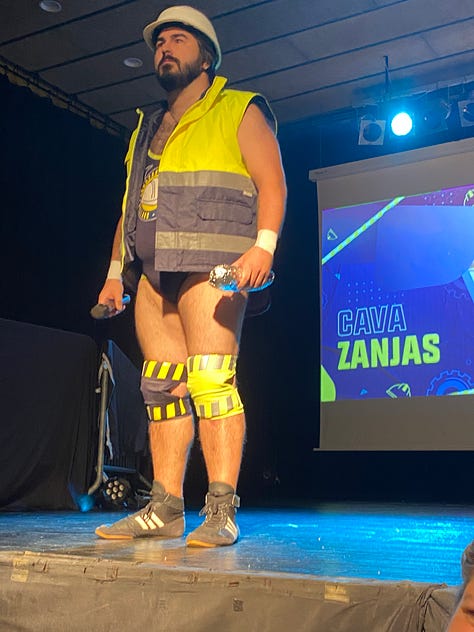
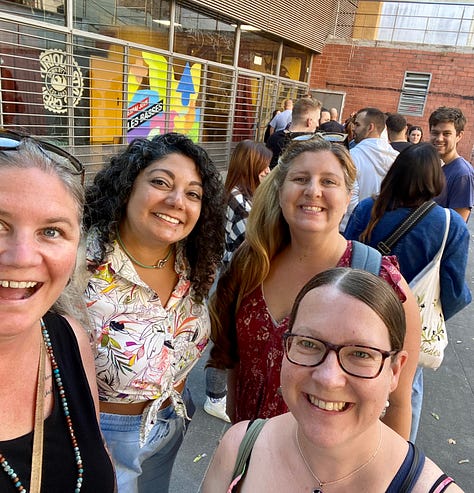
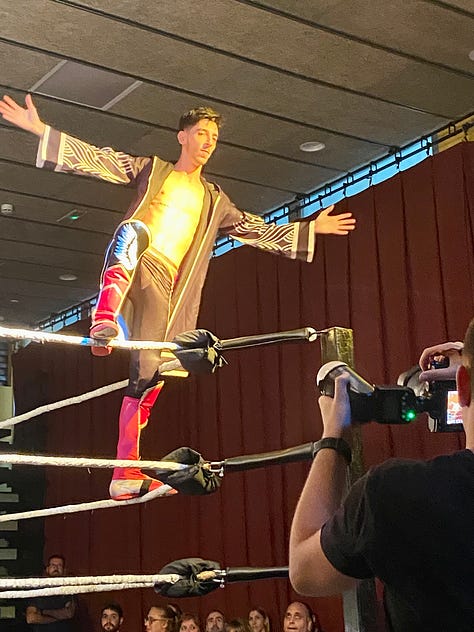
Entire neighbourhoods have been transformed by short-term rentals, pricing locals out and hollowing out the communities that made these places special in the first place.
It’s a real problem, and one we need to take seriously as travellers.
If you're thinking about Barcelona, whether it's a short stay or a longer work-from-anywhere stint, there are more responsible ways to do it. Let’s talk about where to stay, how to get around, and what to do with your time once the giants have paraded past and the real city unfolds.
You might also like - Split, Croatia: Midlife Nomad's Guide to Hidden Gems & Historic Charm in Dalmatia
Where to Stay Without Contributing to the Problem
Let’s start with lodging. Airbnb isn’t the villain, but how we use it matters. Instead of booking an entire apartment, especially in the city center, where housing is already tight, consider renting a room in someone’s home. It’s more affordable and keeps housing stock available for locals.
Having a great host is more interesting, too, and this is how Airbnb was meant to be used.
Another option is to stay in small, locally owned hotels or guesthouses. Avoid the massive international chains and choose places where your money actually supports the community.
Some hotels in Barcelona are even part of sustainability initiatives or operate out of restored heritage buildings, for both charm and a lower impact.
If you're planning a longer stay, co-living spaces designed for remote workers and creatives can be a good fit. These places often have built-in community, shared workspaces, and longer-term rates. Just make sure they’re operating legally and not part of the problem.
As far as neighbourhoods go, I loved Eixample. It’s a great area to base yourself; it’s walkable, elegant, and full of modernist architecture that doesn’t scream for attention.
Nearby Poble-sec makes a nice home base if you’re looking for a quieter, more residential vibe with excellent tapas bars, leafy plazas, and easy access to Montjuïc.
Getting Around the City
Barcelona’s public transport system is one of the best in Europe. The metro is clean, fast, and incredibly easy to use. It was crowded but tidy, and simple to navigate (and this is coming from someone directionally challenged, who typically shies away from subways).
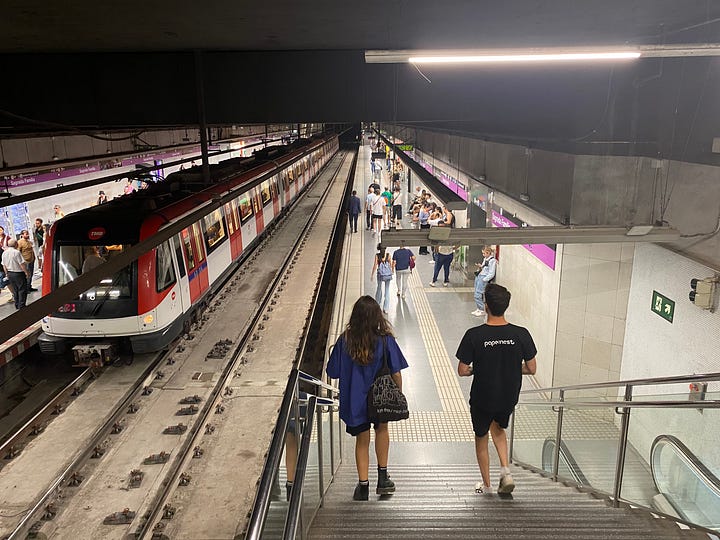
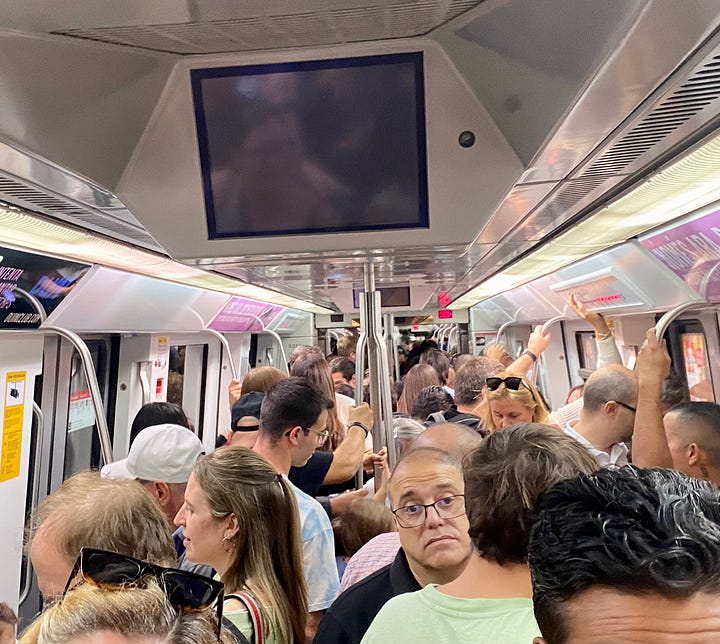
If you’re staying over a few days, grab a T-usual card for unlimited rides. The same pass also allows you to take buses, trams, and trains to nearby towns.
I used Uber a few times, but honestly, the price wasn’t worth it. It’s expensive and time-consuming to get anywhere by car. If you’re hiring a car, you’re contributing to those congestion issues.
Thankfully, walking is a joy in many neighbourhoods, especially Gràcia, El Born, and the Gothic Quarter. But watch out for the cobblestones if your knees aren’t what they used to be. Comfortable shoes are a must.
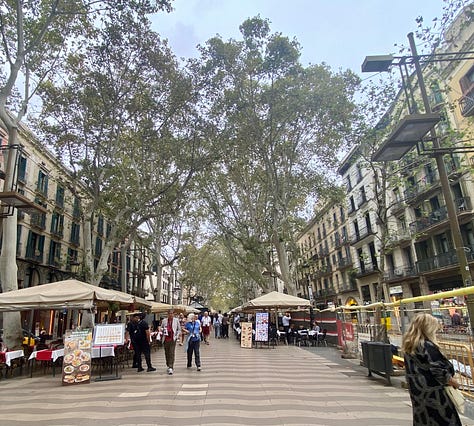
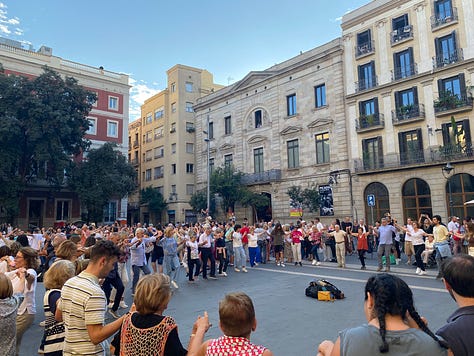
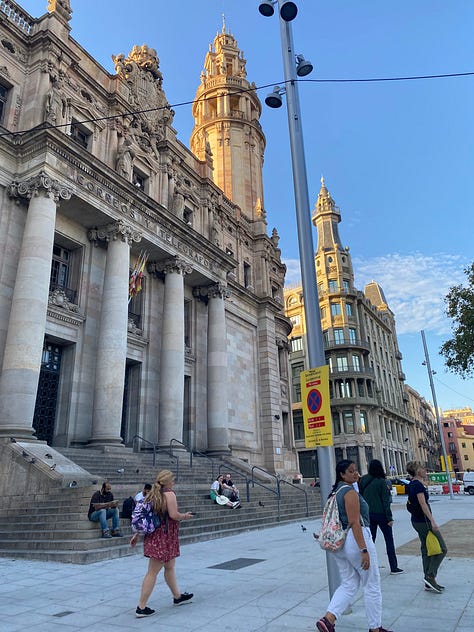
And yes, pickpockets are a thing, particularly around La Rambla and major transit stations. Keep your bag zipped and your phone off the table when you’re out. I wore a loose shawl with my crossover bag tucked underneath, close to my body.
As with all major cities, you can find trouble here if you go looking for it. Use common sense, don’t flash money (or expensive jewelry, phones, etc.) around, and don’t wander the streets looking lost or intoxicated.
Hold your phone close with both hands when you take pics, and be aware of anyone in your immediate vicinity.
What to Do (Besides the Obvious)
Sure, go see La Sagrada Família. Book tickets in advance and embrace the crowds. It’s worth it. But don’t stop there.
Wander through Gràcia for leafy squares and a village-like feel. Browse El Born’s boutiques and stop for tapas in a tucked-away bar. Visit the Picasso Museum, stroll the beach at Barceloneta, and take the funicular up to Montjuïc for views and quiet gardens.
If you’re into food, don’t just chase the “best tapas” listicles. Take a cooking class. Shop at the neighbourhood markets like Mercat de la Llibertat instead of just hitting La Boqueria.
And try vermouth in the afternoon. It’s practically a local tradition.


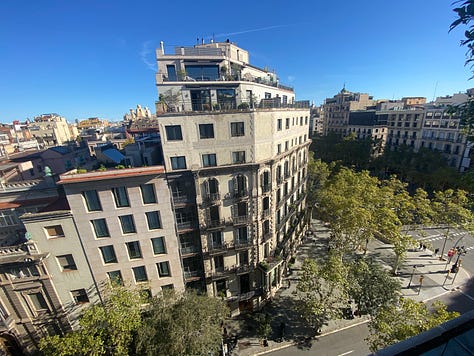
If you’re working remotely, there’s no shortage of good coworking spaces or laptop-friendly cafes. Look for spots in Sant Antoni or Poblenou. They’re a bit outside the tourist crush, and you’ll find better coffee and fewer distractions.
You might like: 7 Tips for Balancing Work and Play as a Digital Nomad
Of all the places I’ve been, Barcelona is one of my favourite cities to just wander aimlessly. You’re never far from a cute cafe, a beautiful town square, or a stunning rooftop patio.
Final Thoughts
Barcelona is magnetic, complex, and yes, it’s intensely crowded. But travelling with awareness and avoiding the peak season lets you experience the city without adding to its challenges.
Come in the shoulder season. Spend your money thoughtfully. Stay in places that support locals. And give yourself time to settle in and really feel the place.
This isn’t just a city to tick off a list. It’s one to savour, and I hope to return again and again.
You might also like:



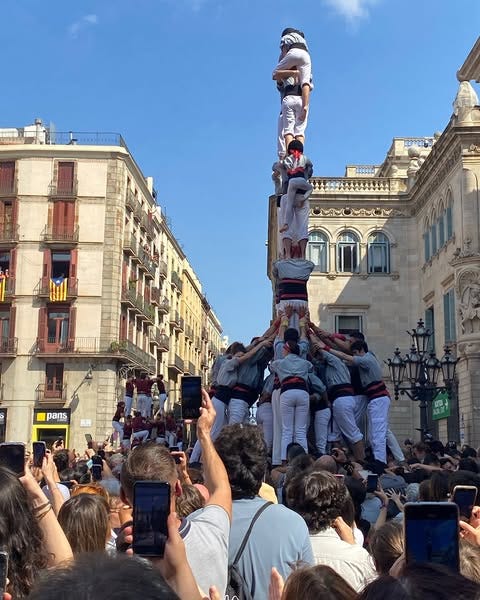
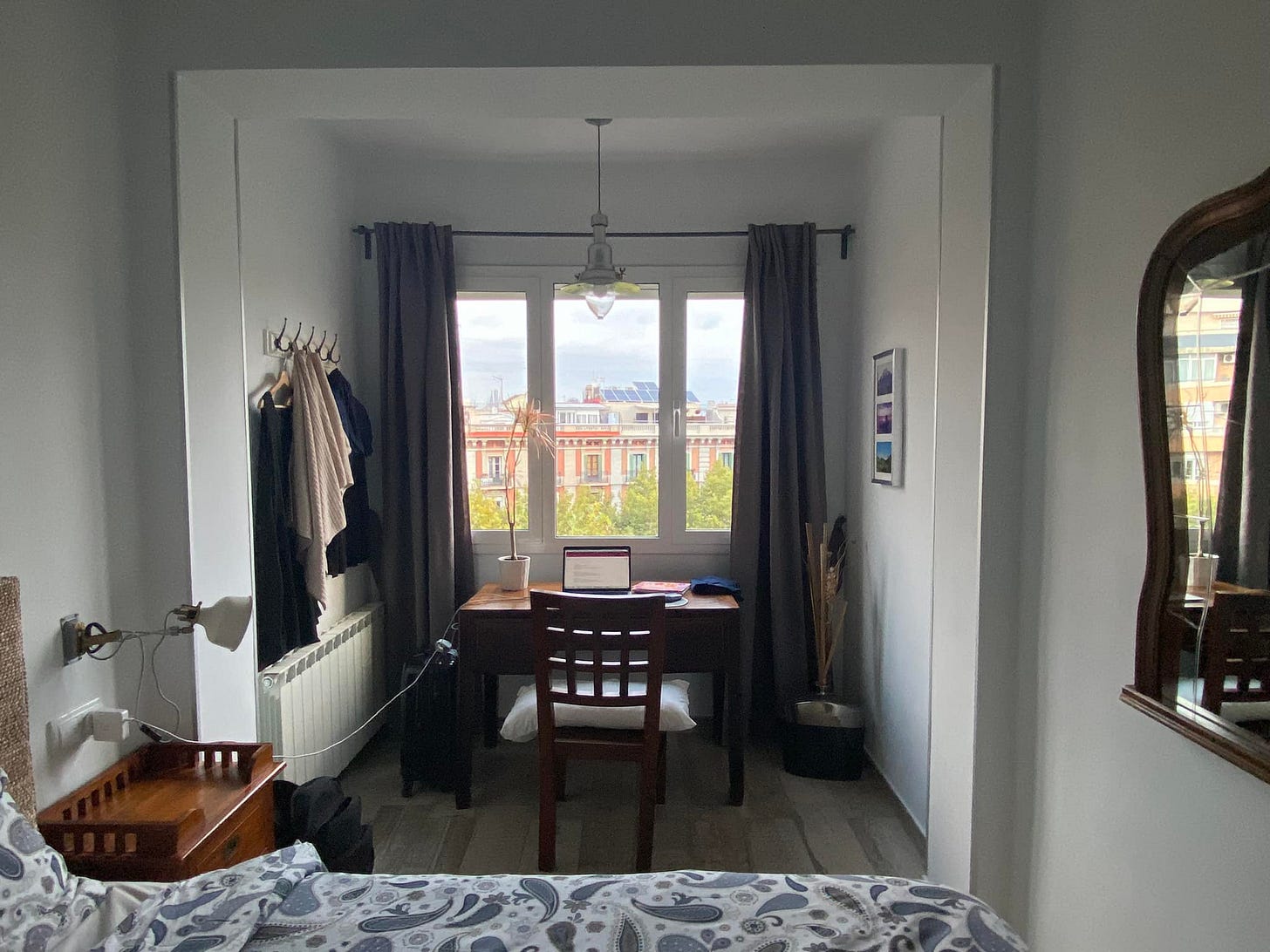
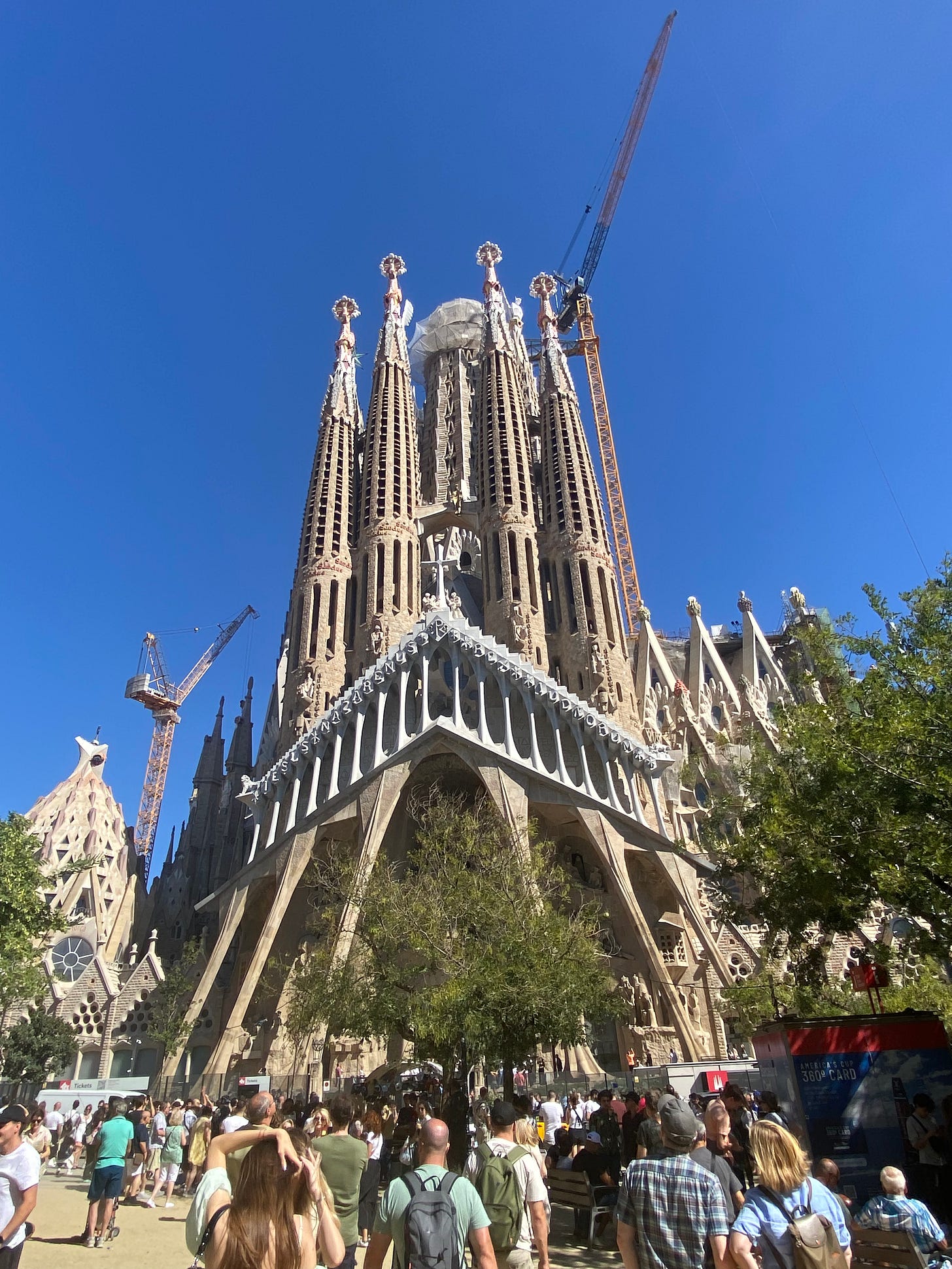


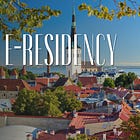
For several years I celebrated my birthday (September 30) in Barcelona. It was always a wonderful experience, and I can't wait to get back some fall soon.